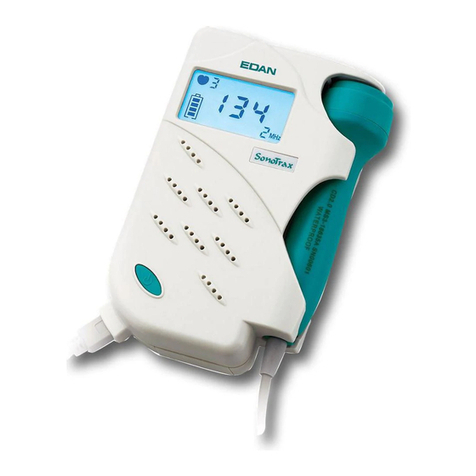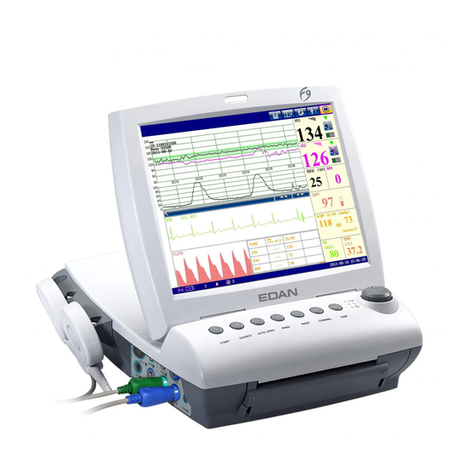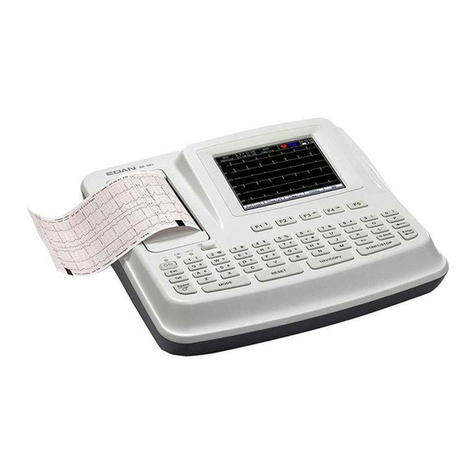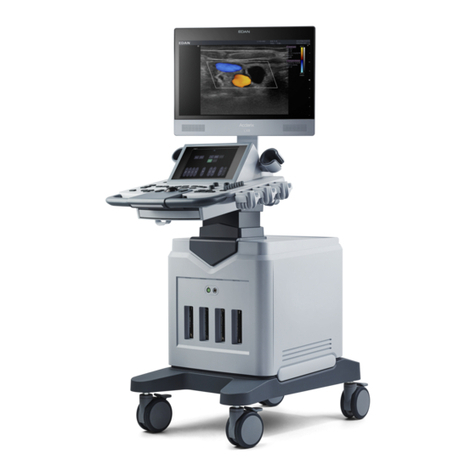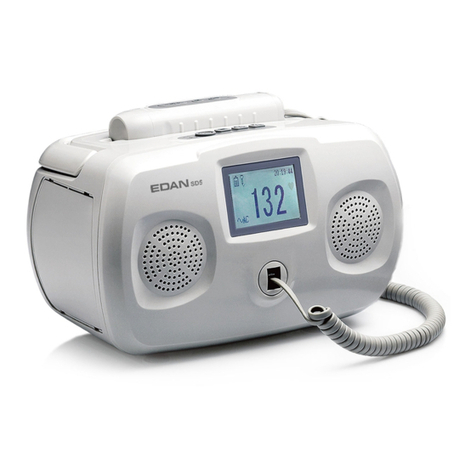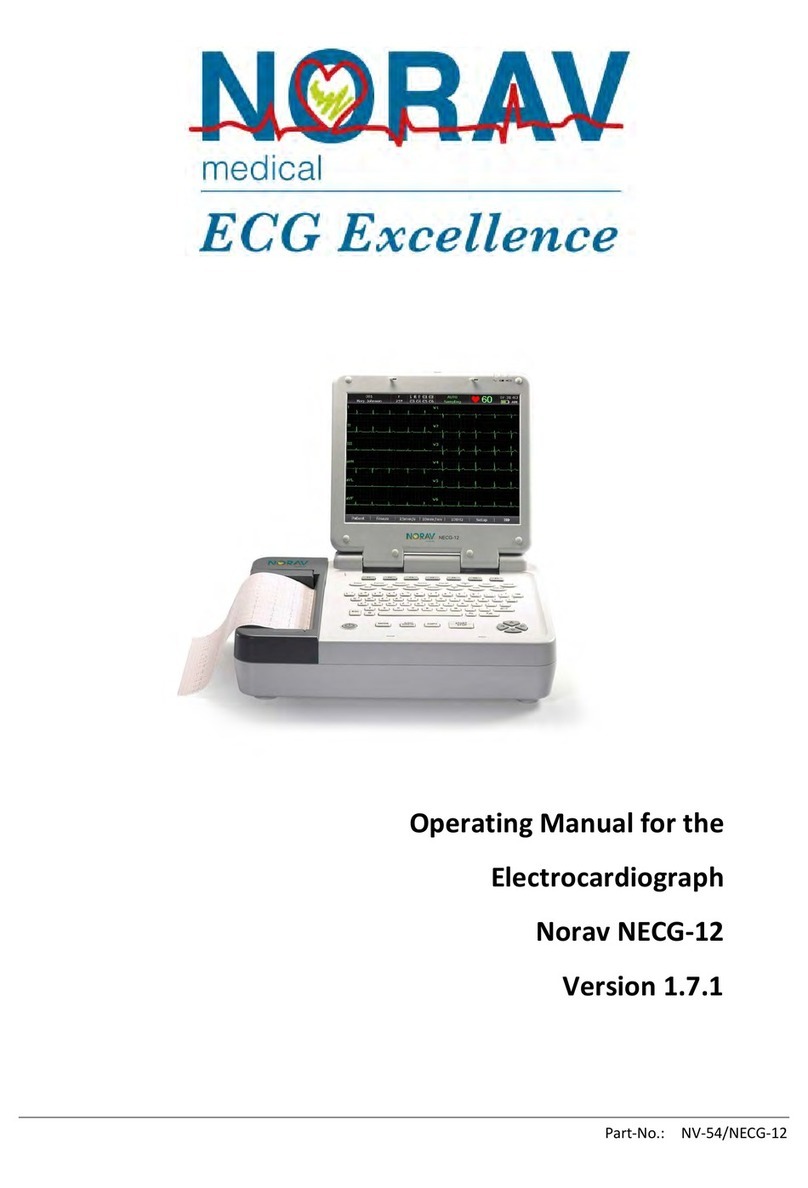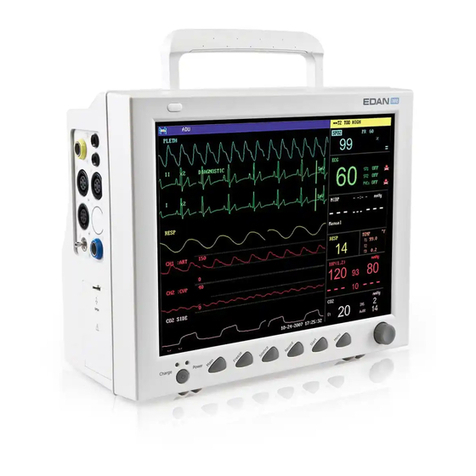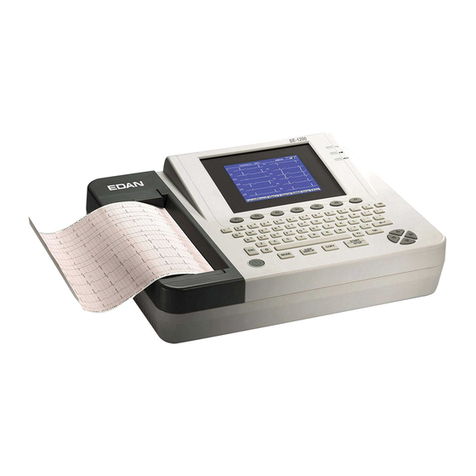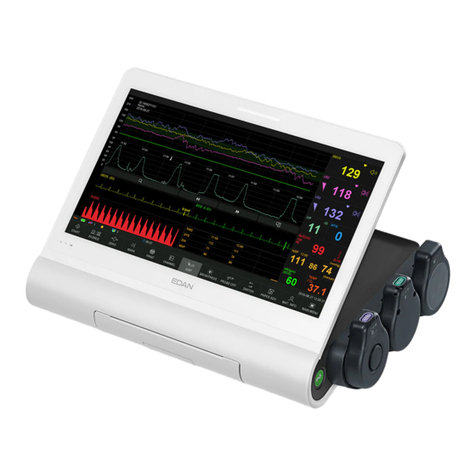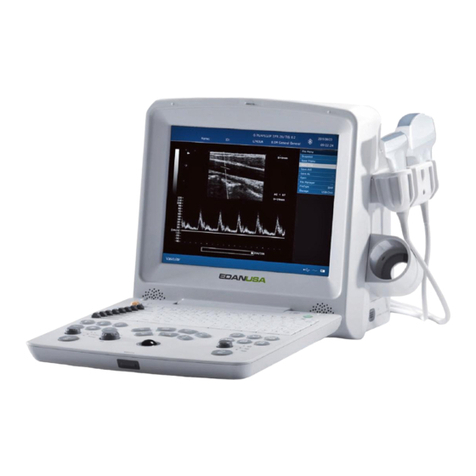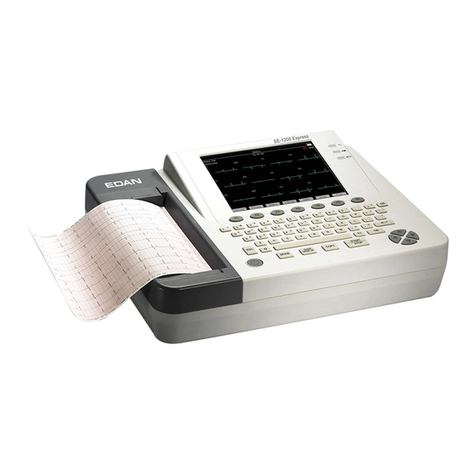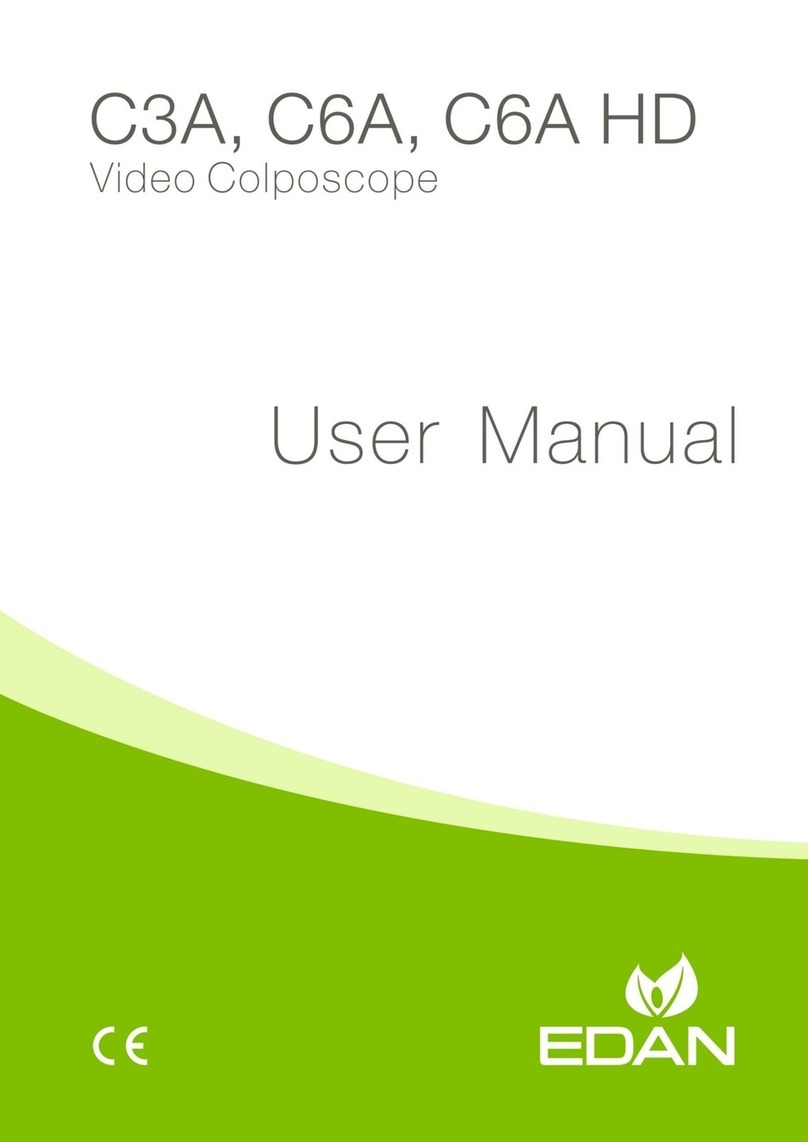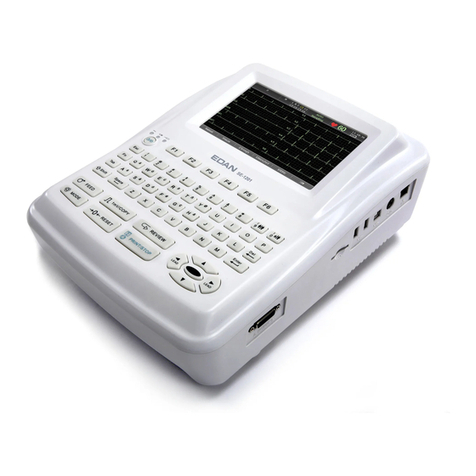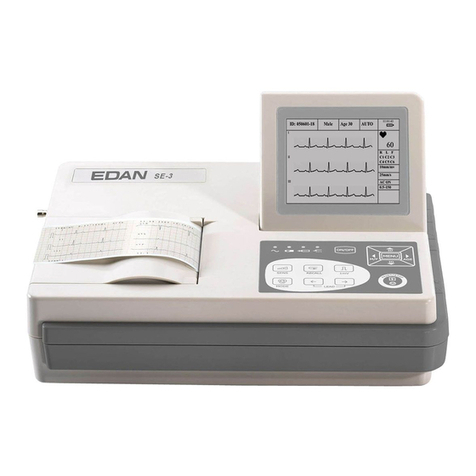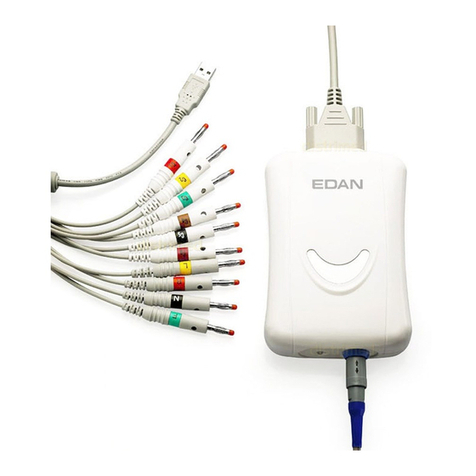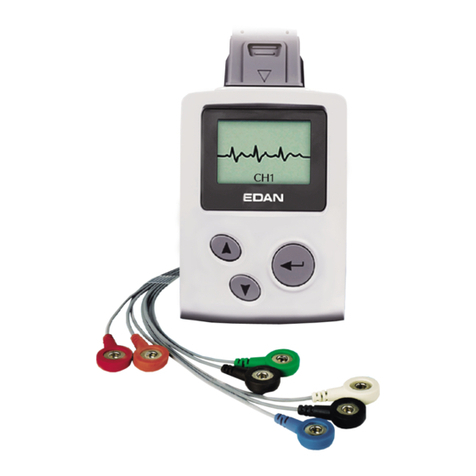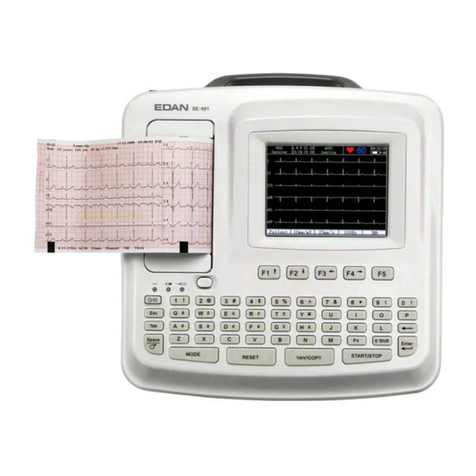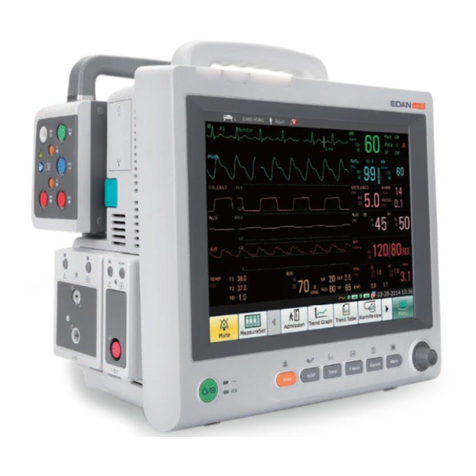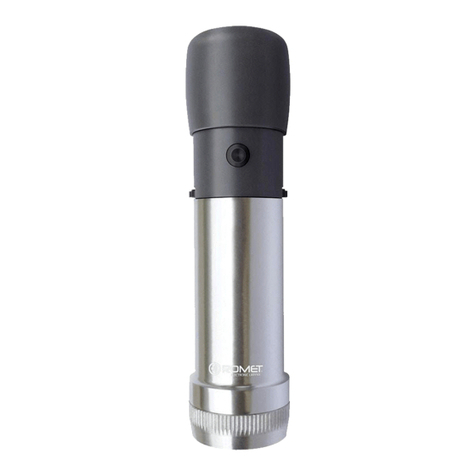
VI
7.6.3 IUP Monitoring Procedure.............................................................................................96
7.6.4 Checking Intrauterine Pressure Cable Function.............................................................97
7.7 Monitoring Fetal Movement.................................................................................................97
7.7.1 Auto Fetal Movement (AFM) Monitoring.....................................................................97
7.7.2 Enabling or Disabling AFM Monitoring........................................................................98
7.7.3 Choosing AFM Mode.....................................................................................................98
7.7.4 Choosing FM Source .....................................................................................................98
7.7.5 Manual Fetal Movement (MFM) Monitoring................................................................98
7.7.6 Changing MFM Volume.................................................................................................99
7.8 *Start Monitoring .................................................................................................................99
7.9 *Inputting Maternal Information (Mat. Info).......................................................................99
7.9.1 Auto ID...........................................................................................................................99
7.9.2 Changing Maternal Information.....................................................................................99
7.9.3 Switching Mat. Info Inputting On or Off.....................................................................100
Chapter 8 Fetal Monitoring Display (F9) ................................................................................102
8.1 Traces..................................................................................................................................102
8.1.1 Changing Time Scale ...................................................................................................104
8.2 Trace Control Tools ............................................................................................................104
8.2.1 Data Saving..................................................................................................................105
8.2.2 *Searching for a File....................................................................................................105
8.2.3 File Management (Optional)........................................................................................106
8.2.4 *Reviewing ..................................................................................................................108
8.2.5 *CTG Analysis.............................................................................................................109
8.2.6 *Marking a Note .......................................................................................................... 111
8.3 Numerics............................................................................................................................. 112
8.3.1 Changing Numeric Window Position (F9)................................................................... 113
Chapter 9 Maternal Monitoring (F9 Express) ........................................................................114
9.1 Maternal ECG Monitoring..................................................................................................114
9.1.1 Introduction..................................................................................................................114
9.1.2 How to Place 3-lead ECG Cables ................................................................................115
9.1.3 How to Place 2-lead FTS-3 MECG Cables .................................................................116
9.1.4 Wired ECG Monitoring................................................................................................ 118
9.1.5 Wireless ECG Monitoring............................................................................................ 118
9.1.6 Changing ECG Source.................................................................................................119
9.1.7 Changing ECG Gain ....................................................................................................119
9.1.8 Enabling ECG Calibration ........................................................................................... 119
9.2 Maternal SpO2Monitoring.................................................................................................120
9.2.1 Introduction..................................................................................................................120
9.2.2 SpO2Monitoring Procedure.........................................................................................123
9.2.3 Enabling SpO2Trace Printing......................................................................................123
9.2.4 Assessing the Validity of a SpO2 Reading...................................................................124
9.2.5 SI (Signal Intensity)* ...................................................................................................124
9.2.6 Switching the SpO2Alarm On or Off ..........................................................................125
9.2.7 Changing SpO2Alarm Limits ......................................................................................125
9.3 Maternal HR Monitoring....................................................................................................125
9.3.1 Introduction..................................................................................................................125
